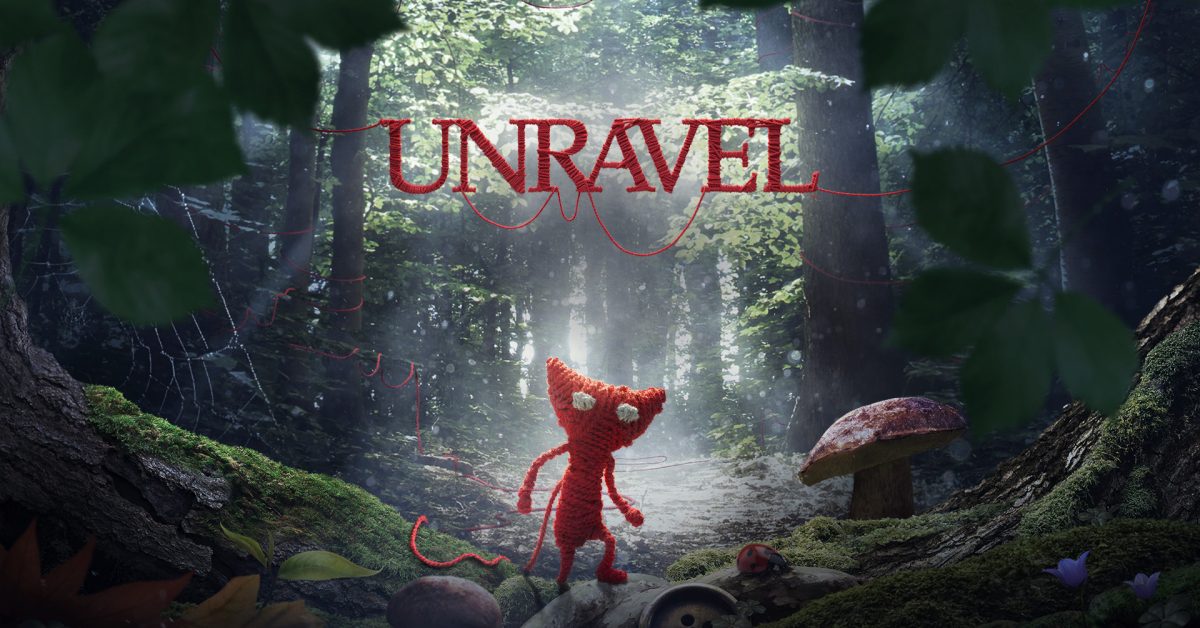

These are exceptionally fiendish challenges, ranging from Super Meat Boy-style platforming gauntlets, which take dozens of attempts to master. Each one has a difficulty rating of one to three spikes, which probably gives you a flavour of what they have in store. After story missions, hidden areas open up within the Lighthouse hub world, containing a handful of additional levels. Outside of the core story, there are 20 additional Challenge levels, which are a fantastic addition to the game. It’s like looking at nature through a macro lens – whether it’s the spongy moss Yarny has to wade through or the puddles that feel like swimming pools, every texture feels more detailed and engrossing seen from his perspective.

Yarny’s tiny stature, and the clever use of forced perspective and photorealistic environments, makes you pay attention to the little details. It’s much less emotionally involving than seeing Yarny in the foreground being chased by sinister ember creatures or a deranged chicken. It’s pretty opaque, and while it occasionally adds atmosphere, I’m not really sure what it adds. From what I can infer, Yarny’s retracing the journey of two teenagers who escape from a care home and go on an adventure that leads them into danger. Behind Yarny, in the background of levels, an ambiguous story plays out featuring shadowy manifestations of past events. The core story is unfolded in seven 20-30 minute levels, which take Yarny once again through verdant forests and slightly more grim urban settings.
#UNRAVEL TWO COOP REVIEW HOW TO#
Occasionally, like the original, there are sequences that have an element of trial-and-error – you must fail to figure out how to proceed, no matter how finely-tuned your reactions. Yarny feels more responsive, and it's a good thing, too, since there are more sections that demand precision control. And even if you do get stuck, the sequel’s added a pretty robust hint system to help out.


I found the core story puzzles challenging without ever being stumped. Ideas are used again, but are elaborated upon in interesting ways. Sometimes you also have to creatine multiple temporary bridges to move objects around that can help you climb higher. The best puzzles involve looping yarn around objects, creating additional anchor points, but in a way that never tangles you up and stops you from moving on. It takes a little getting used to in two player, but is never fiddly, simply requiring good communication and timing. Otherwise, speaking from bitter experience, you’ll see Yarny crash into the ground or smash against a wall, repeatedly. Since a button must be held for Yarny to anchor his fellow explorer, and sometimes must be released at just the right moment for a jump to be made, it’s essential players coordinate their actions. But in co-op, this mechanic takes on a new dimension – it makes the experience more stressful and much funnier. Playing solo, this allows for some satisfying character switching, as I navigated hazards and inched my way through levels. At its best, it feels like you’re mountaineering through the undergrowth. For instance, either character can now function as a moveable anchor point, allowing the other Yarny to rappel, ascend, or swing across otherwise impassable gaps. There are no major new abilities to single out, but the addition of a second Yarny that adds plenty of depth to these existing ones. He/she/it can swing across gaps, rappel down walls, ascend cliff faces, lasso distant objects and, by tying knots, create bridges, pulleys, and trampolines. Yarny’s abilities have carried over from the original.


 0 kommentar(er)
0 kommentar(er)
